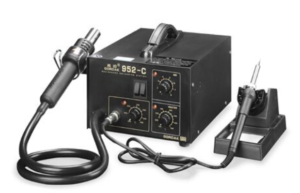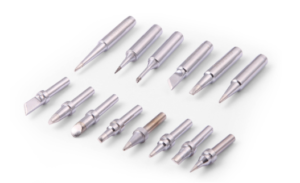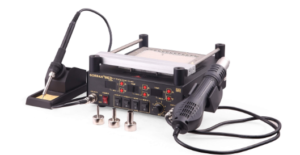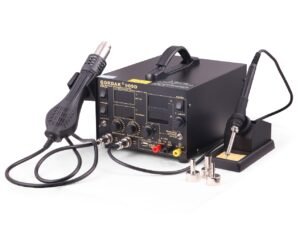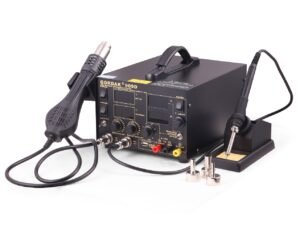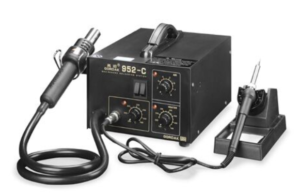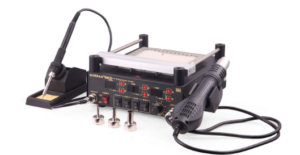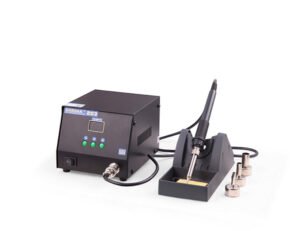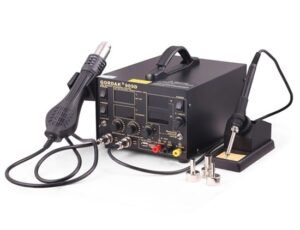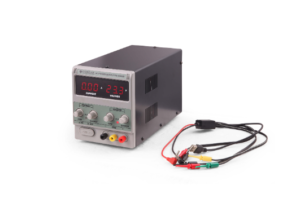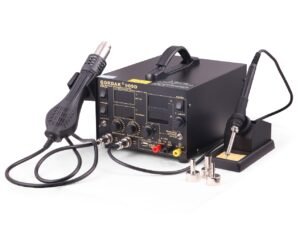
Factors To Consider Before Purchasing From Soldering Rework Station Manufacturer
Over the years, with the increasing demand for activities involving soldering, research began on how to ensure the best delivery within a speculated time. This brought about the manufacture of soldering rework stations which are used for soldering disjointed components on the PCB board. Similarly, the soldering rework station can also be used for desoldering activities. Soldering stations are usually regarded as rework stations and their existence in the industry has continually improved and increased productivity. Glad to notify you that they are of different types depending on your choice and application. You must have been trying to think about the types. Don’t think too far, this article has been specifically written to assist you on the types and factors you should consider before Purchasing from a soldering rework station manufacturer. Types of rework stations Most soldering stations perform several tasks ranging from small and direct jobs to high strength applications., And all these applications vary temperature, control, and power consumption. 1. Contact Soldering Stations They are the most utilized soldering rework stations. This is as a result of the function in-built power supply which enables the proper functionality of the heating element. Also, the temperature can easily be controlled which invariably affects the voltage emitted by the heating element 2. Lead-free Soldering Stations These are also important categories of rework stations. They are specifically used for wiring printed circuit boards that are free of lead. This implies that their solders are usually lead-free, thus enabling it to have a lower cost as a result of the detrimental effects of lead on human health and the environment, the use of this lead-free soldering station is being encouraged which ultimately ensures quality solderability. However, the lead-free stations exhibit some difficulties associated with the need for melting ta the lead-free solder with extra heat. Hence, there is a need for a proper guide by producers to guide the users on the appropriate method of usage. 3. Hot-air Rework and Desoldering Stations These soldering stations work by preheating the target component to be removed and they are frequently utilized by experts. 4. Infrared (IR) Soldering Stations As technology improves and advances, so also the applicability as well as the functional components of soldering station advanced. It’s no doubt why the infrared soldering stations are the most sophisticated with improved comments for working on more complex elements. Unlike the other soldering stations especially the lead-free soldering station, because it uses infrared light fonts actions, there is little or no overheating of its components. Factors to Consider Before Purchasing From Soldering rework station manufacturer 1. Quality of Performance Each rework station has a specific quality of performance that portrays its functionality. Always ensure to check the quality of performance to be assured if a particular rework station meets your requirement. 2. Construction Specification Similar to checking its quality, there is also a need to check for the specification. It is important to check if a particular soldering station meets the desired specification requirement. 3. Cost Checking out the cost from the manufacturer is very essential. You may not necessarily see a very cheap soldering station. However, the cost can easily be graded from its quality. Partner With Us As A Reliable Soldering Rework Station Manufacturer Soldering activities have made lots of applications possible and at the same time easy. This is further propagated by the introduction and use of soldering stations. Are you interested in getting your soldering stations? With several years of experience and expertise, we are set to give you the best offer at very affordable prices. Kindly click here to contact us today to get yours at cost-effective prices.

